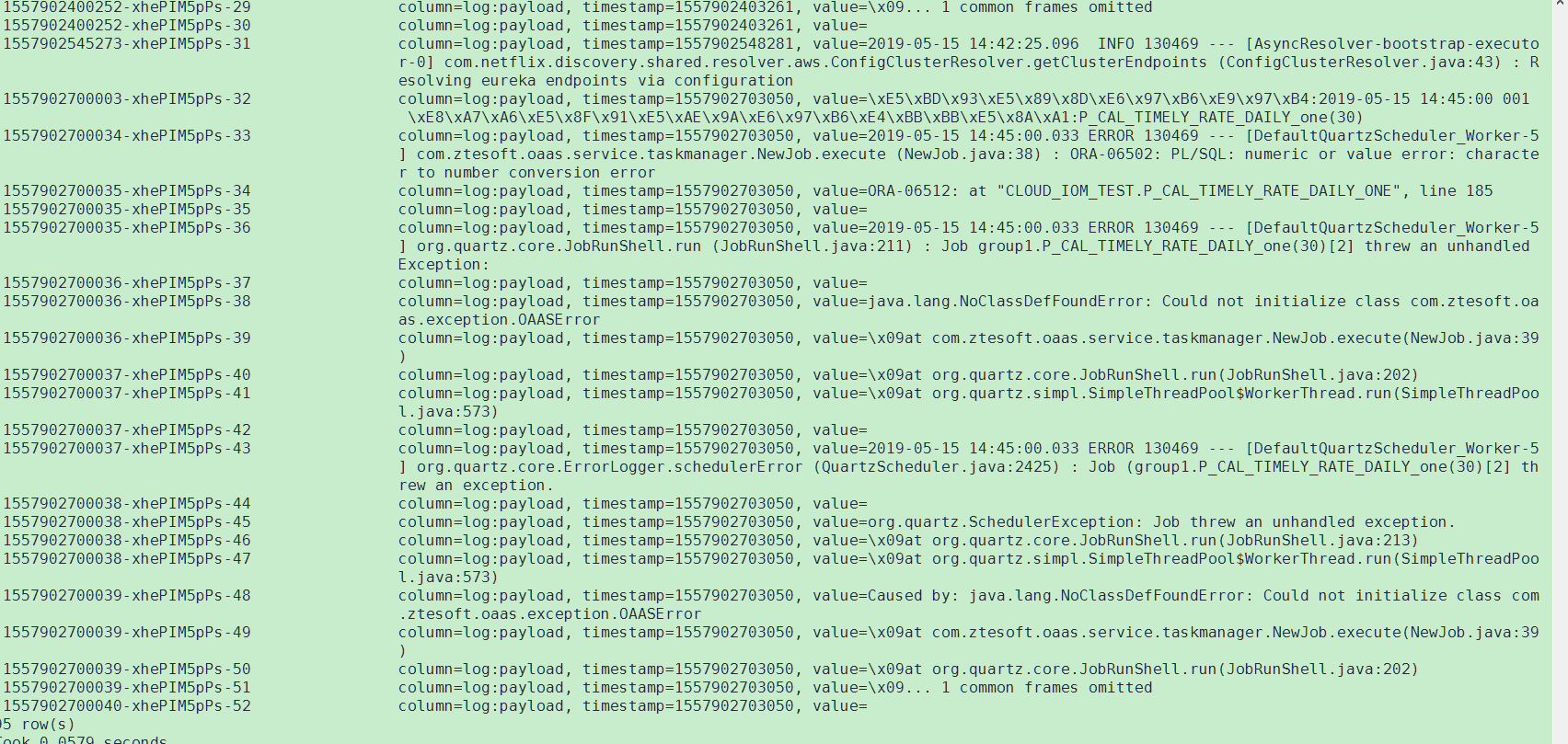设置我们的flume配置信息
# Licensed to the Apache Software Foundation (ASF) under one
# or more contributor license agreements. See the NOTICE file
# distributed withthis work foradditional information
# regarding copyright ownership. The ASF licensesthisfile
# to you under the Apache License, Version2.0(the
#"License"); you may not use thisfile except in compliance
# with the License. You may obtain a copy of the License at
#
# http://www.apache.org/licenses/LICENSE-2.0
#
# Unless required by applicable law or agreed to in writing,
# software distributed under the License is distributed on an
#"AS IS"BASIS, WITHOUT WARRANTIES OR CONDITIONS OF ANY
# KIND, either express or implied. See the Licenseforthe
# specific language governing permissions and limitations
# under the License.
# The configuration file needs to define the sources,
# the channels and the sinks.
# Sources, channels and sinks are defined per agent,
# inthis case called 'agent'agent1.sources=r1
agent1.channels=c1
agent1.sinks=s1
# For each one of the sources, the type is defined
agent1.sources.r1.type=exec
#tail-F /home/oss/cloud_iom/ktpt/iom-cloud-service/logs/iom-app-debug.log
agent1.sources.r1.command= tail -F /home/oss/cloud_iom/ktpt/iom-cloud-service/logs/iom-app-debug.log
# The channel can be defined as follows.
#agent.sources.seqGenSrc.channels=memoryChannel
agent1.sources.r1.channels=c1
# Each sink's type must be defined
agent1.sinks.s1.type =hbase2
agent1.sinks.s1.table=iom_app_debug
agent1.sinks.s1.columnFamily=log
agent1.sinks.s1.serializer=org.apache.flume.sink.hbase2.RegexHBase2EventSerializer
#agent1.sinks.s1.serializer.regex= \\[(.*?)\\]\\ \\[(.*?)\\]\\ \\[(.*?)\\]\\ \\[(.*?)\\]#Specify the channel the sink should use
agent1.sinks.s1.channel=c1
# Each channel's type is defined.
agent1.channels.c1.type =memory
# Other config values specific to each type of channel(sink or source)
# can be defined as well
# Inthis case, it specifies the capacity of the memory channel
agent1.channels.c1.capacity= 100
这个脚本配置好,设置启动命令,使用nohup是为了之后采集器自己后期自动运行
nohup flume-ng --conf hadoop/flume/conf -f hadoop/flume/conf/flume-conf.properties -n agent1 -Dflume.root.logger=DEBUG,console &
我的flume目录:
采集截图
日志文件截图
当然,这里是按行进行采集的(用的tail -F),但是shell脚本可以自己定义,只要type配置的是exec,后面sink对象也可以自己配置
第一步数据采集,第二步应该是想想如何进行数据分析,当然这样采集的数据直接分析的可能性也不太大,而且数据杂乱无序,我们还需要定义相应的逻辑先对数据进行清洗,然后再采集进去
这里这样采集是有问题的,正确的做法应该是
1.flume采集数据进入hdfs
2.MapReduce对采集进入的数据进行数据清洗,整理数据
3.MapReduce分析数据,解析入库进入hbase,或者直接保存到hdfs
4.sqoop 迁移数据到对应的数据库(mysql,Oracle)
5.根据解析之后的数据,查询Oracle制作报表图像,分析趋势,预测,或者定位问题关系



